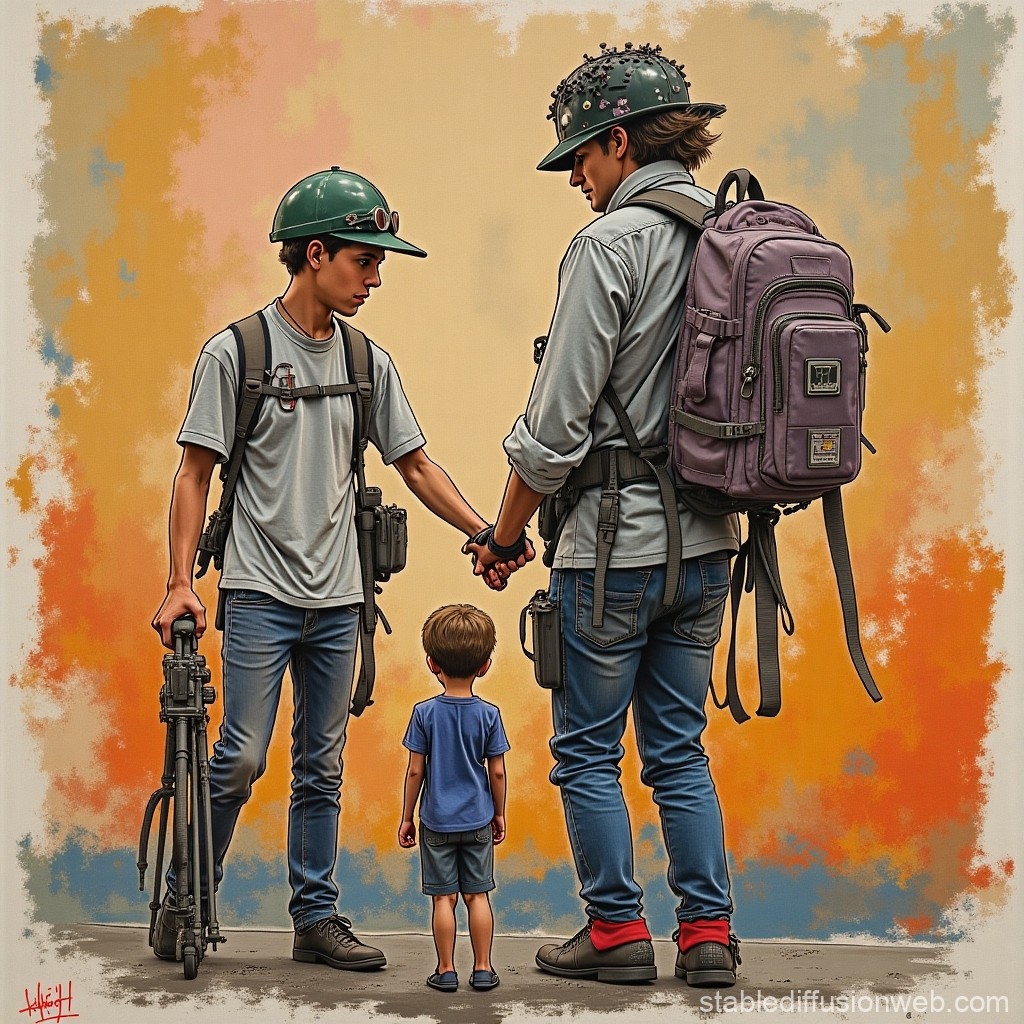
General Information
The Department of the History of Art, which operates within the Faculty of history, offers a one-year postgraduate course in the History of Art and Visual Culture. We welcome applicants from a broad range of backgrounds and do not require students to have a first degree in art history. In addition to a compulsory course on Theory and Methods, students take two one-term optional courses, and write a 15,000-word dissertation on a topic of their choice. The course aims to redefine art history courses. Images and objects produced in many contexts - ranging from the scientific to the popular - have been brought together to show how visual styles at different periods and in different places can be understood in relation to the aesthetic, intellectual and social facets of various cultures.
Theory and Methods
This core course provides an advanced introduction to the major methodological issues and traditions of art history. The course is organised around a series of issues that relate to the production of art and people's responses to it. Students will discuss these issues and assigned readings in small weekly classes. In lectures, the tutors will consider works of art from a variety of cultures in order to demonstrate that context and artistic method are important aspects of art history.
Choosing Courses
The optional courses listed below are not available every year and prospective students are advised to check on the availability of specific courses. Students should also note there may be some restrictions on combining particular courses within their degree programme. Students wishing to take a course that does not appear in the list but is offered by the Faculty of History will need to get permission from the relevant Course Tutor. An application should then be made by the candidate's supervisor.
Authenticity and Replication
The course is designed to give students exposure to a central issue of the visual arts in an explicitly inter-disciplinary and cross-cultural framework. It will use a series of case studies to explore the idea of 'the real' or 'the authentic' in both images and objects. The historical and geographical contexts to be addressed will vary widely, from ancient Greece and Rome, to early modern and to contemporary art, including works seen as genuine as well as works regarded as fraudulent. The course will make particularly extensive use of trips to museums to view actual objects and images.
French Painting 1880 - 1912
The course examines the development of Post-impressionist painting between 1880 and 1912, at which point Cubism began to have a major impact on the French art scene. Rather than tracing a history of styles or individuals, we think of French artists whose practices were closely linked to contemporary developments. The rise of new forms of image distribution, including cinema, will be addressed. New theories of the role of painting in the public sphere, the writings of artists and their contemporaries will be examined alongside recent art-historical work.
Medieval European Art
This course addresses two problems central to the history of art: the roots of artistic invention, and suitable methods for instructing on technique. During this period, young, would-be artists acted as assistants to a master painter in his workshop. With this type of training, what was the scope for originality, and how was stylistic change encouraged? These issues are brought into sharp focus by the changing visual culture of late-medieval Europe, between the twelfth and the fifteenth centuries. The available literature on these themes is rich, yet inconsistent: the course therefore addresses questions that are very much open.
Reception of Classical European Art
From the fourteenth century the discovery of classical antiquities inspired contemporary artists, some copied closely, some restored the ancient in a contemporary style, while others reinterpreted freely. The course focuses on sculpture, painting and architecture in Britain, with a selection of other European works. Sculpture is examined in life-size marble statues, and in miniature with porcelain figurines. Painting is studied through the designs painted on vases, particularly Athenian and South Italian Architecture is examined through the ancient Greek temples that were excavated in the nineteenth century and also replicated in miniature for sale to travelers.
Women, Art and Culture in Early Modern Europe
This course will explore the various roles played by women in the production and reception of art and architecture in fifteenth - to seventeenth-century Europe. After many decades of relative neglect, the significance of the way women contributed to the art and culture of Early Modern Europe has come to light. By drawing on this wealth of new research, the course will examine the careers of some of the professional women artists working in Northern and Southern Europe. We also consider how famous women patrons, such as Isabella d'Este and Catherine de Medici, influenced the careers of artists and their perceptions about art. Another topic that will be addressed is the representation of women in the visual arts, for example as sitters for state portraits and marriage paintings.